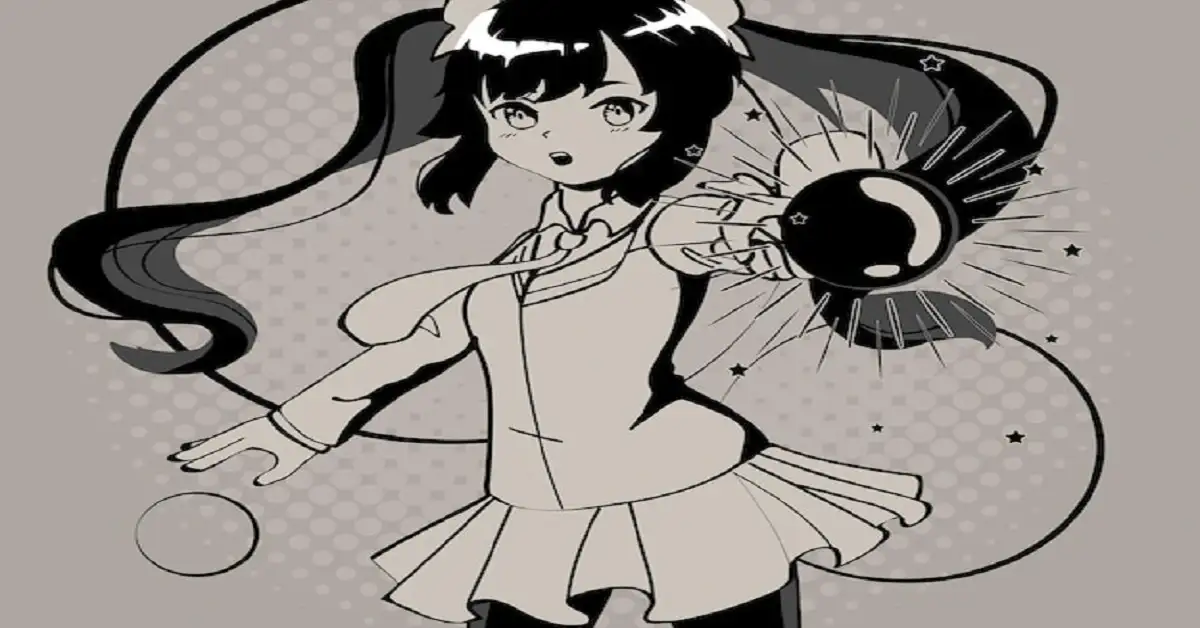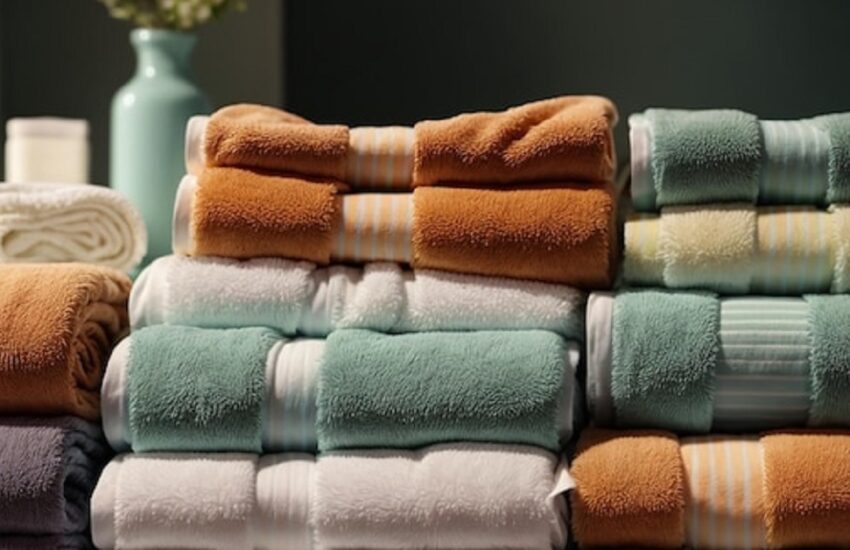Drawing Anime Characters: A Comprehensive Guide
Anime, a distinctive style of animation that originated in Japan, has captured the hearts of millions worldwide. Its unique aesthetic, characterized by vibrant colors, exaggerated facial expressions, and intricate details, has inspired many to try their hand at drawing anime characters. Whether you’re a beginner or an experienced artist looking to refine your skills, this comprehensive guide will provide you with the essential techniques and tips to master the art of drawing anime characters.
Understanding the Basics
Before diving into the specifics of drawing anime characters, it’s crucial to understand the basics of anime art. Anime characters often have distinct features, including large, expressive eyes, small noses, and unique hairstyles. The proportions and anatomy of anime characters can vary significantly from realistic human figures, so familiarizing yourself with these differences is the first step.
- Proportions: Anime characters typically have a more simplified and exaggerated form. Heads are often larger in proportion to the body, especially for younger characters, to emphasize their facial expressions. Understanding these proportions will help you create characters that fit the anime style.
- Facial Features: The eyes are perhaps the most defining feature of anime characters. They are usually large and expressive, with detailed irises and reflections to convey various emotions. Noses and mouths are often simplified and can vary in size and shape depending on the character’s age and personality.
- Body Structure: Anime bodies can range from highly stylized and exaggerated to more realistic. Learning the basic anatomy of the human body will help you adapt it to the anime style. Pay attention to the joints, muscle structure, and overall movement of the character.
Materials and Tools
To start drawing anime characters, you’ll need some basic materials and tools. While digital art has become increasingly popular, traditional drawing methods are still widely used and can provide a solid foundation.
- Pencils and Erasers: Begin with a range of pencils, from soft to hard (e.g., 2B to HB). Soft pencils are great for sketching and shading, while harder pencils are useful for precise lines. A good eraser is essential for correcting mistakes and refining your work.
- Paper: Use high-quality drawing paper that can handle erasing and multiple layers of pencil or ink. For digital art, a graphics tablet and stylus are essential.
- Inking Pens: If you plan to ink your drawings, invest in a set of fine-liner pens with various nib sizes. These pens will help you create clean, precise lines and add depth to your work.
- Coloring Tools: Colored pencils, markers, and watercolors are commonly used for traditional anime art. For digital art, software like Adobe Photoshop, Clip Studio Paint, or Procreate offers a wide range of coloring tools and effects.
Step-by-Step Guide to Drawing Anime Characters
Now that you have the basic understanding and tools, let’s dive into the step-by-step process of drawing an anime character.
Step 1: Sketching the Basic Structure
Start with a rough sketch of the character’s pose and proportions. Use simple shapes like circles and lines to outline the head, body, and limbs. This initial sketch will serve as the foundation for your drawing.
Step 2: Drawing the Head and Face
- Head Shape: Draw a circle for the head and add a vertical line down the center. This line will help you position the facial features symmetrically.
- Eyes: Place the eyes along the horizontal guideline. Remember that anime eyes are typically larger and more detailed than realistic eyes. Experiment with different eye shapes and expressions.
- Nose and Mouth: Add a small, simple nose and a mouth below the eyes. The placement and size can vary depending on the character’s age and personality.
Step 3: Adding Hair and Details
- Hair: Anime hair can be wild and exaggerated. Start by drawing the basic shape of the hairstyle, then add individual strands and details. Pay attention to the direction of the hair and how it frames the face.
- Details: Add details like eyebrows, eyelashes, and any accessories the character may have. These small elements can add personality and depth to your character.
Step 4: Drawing the Body
- Torso and Limbs: Using the initial sketch as a guide, draw the torso, arms, and legs. Anime characters often have slender bodies with elongated limbs. Pay attention to the joints and muscle structure.
- Hands and Feet: Hands and feet can be challenging, but breaking them down into simple shapes can help. Practice drawing different poses and gestures to improve your skills.
Step 5: Inking and Coloring
- Inking: Once you’re satisfied with your pencil sketch, use fine-liner pens to ink the drawing. This step will define the final lines and add clarity to your work. Be patient and take your time to avoid mistakes.
- Coloring: If you’re working traditionally, use colored pencils, markers, or watercolors to add color. For digital art, experiment with different brushes and techniques to achieve the desired effect. Pay attention to shading and highlights to add depth and dimension.
Step 6: Final Touches
Review your drawing and make any necessary adjustments. Add highlights, shadows, and textures to enhance the overall look. Don’t be afraid to experiment and try new techniques to improve your skills.
Tips and Tricks for Drawing Anime Characters
- Practice Regularly: Like any skill, drawing requires regular practice. Set aside time each day to draw and experiment with different styles and techniques.
- Study Anime Art: Analyze your favorite anime shows and manga to understand how professional artists create characters. Pay attention to details like proportions, expressions, and movement.
- Use References: Collect references of different poses, expressions, and hairstyles. References can help you understand anatomy and add realism to your drawings.
- Join a Community: Join online forums, social media groups, or local art clubs to connect with other anime artists. Sharing your work and receiving feedback can help you grow as an artist.
- Be Patient: Learning to draw anime characters takes time and effort. Don’t get discouraged by mistakes or setbacks. Keep practicing and experimenting to develop your unique style.
Conclusion
Drawing anime characters is a rewarding and enjoyable creative endeavor. By understanding the basics, using the right tools, and practicing regularly, you can develop your skills and create captivating anime characters. Whether you aspire to be a professional artist or simply enjoy drawing as a hobby, the journey of mastering anime art is filled with endless possibilities and opportunities for growth. So, grab your pencils or digital tablet and start bringing your anime characters to life!


